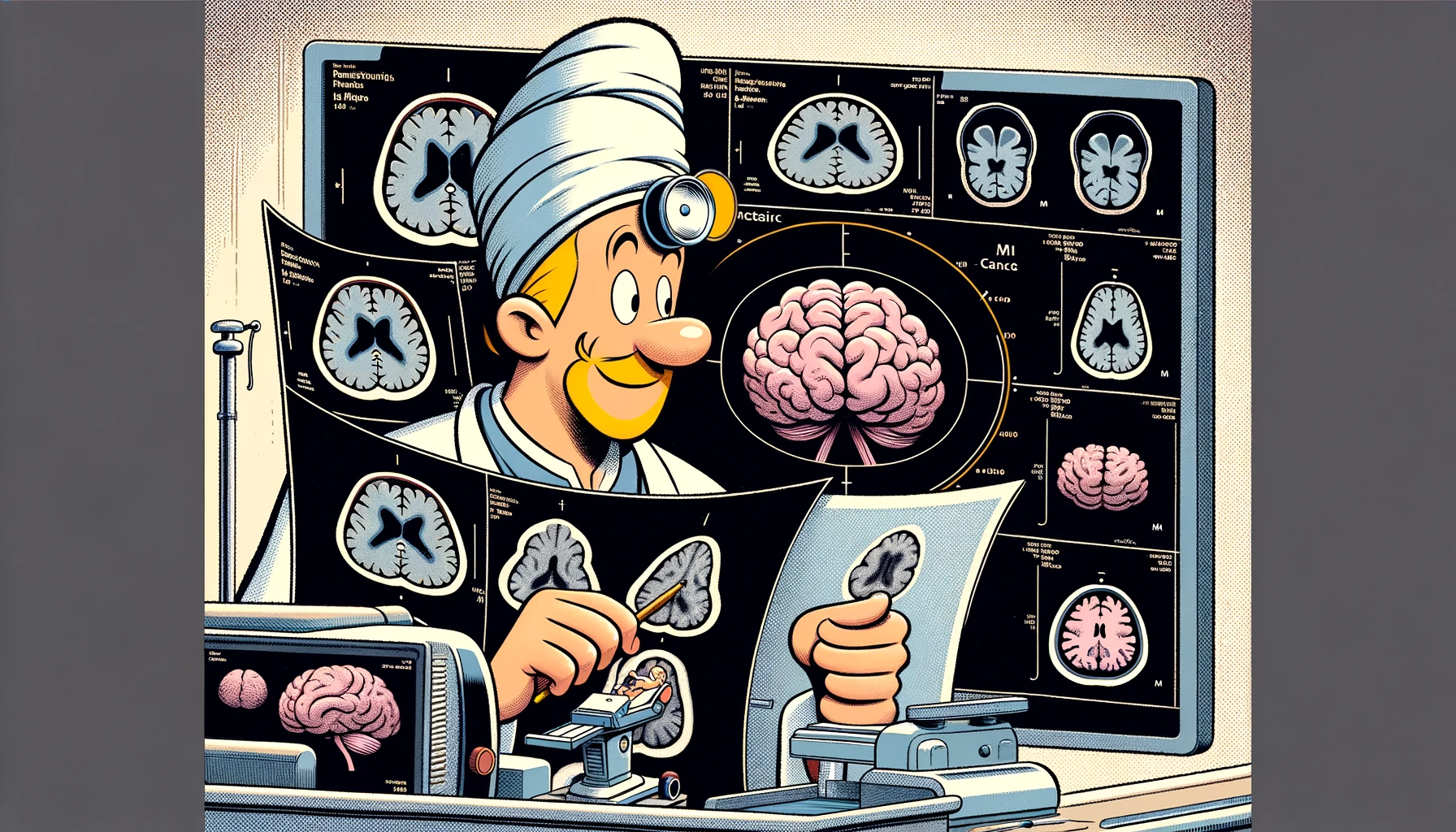Discover the critical insights on how existing VTE risk scales measure up in the management of glioma patients, shedding light on the path to improved patient outcomes.
– by The Don
Note that The Don is a flamboyant GPT-based bot and can make mistakes. Consider checking important information (e.g. using the DOI) before completely relying on it.
Evaluating of Existing VTE Risk Scales in Glioma Patients.
Maria et al., Clin Appl Thromb Hemost 2024
<!– DOI: 10.1177/10760296241238210 //–>
https://doi.org/10.1177/10760296241238210
Let’s Make Glioma Surgery Great Again!
Listen up, folks. We’ve got a situation here. After glioma surgery, which is a big deal, by the way, patients are facing something nasty called venous thromboembolism (VTE). It’s a big word, but believe me, it’s a big problem too. Now, there are these fancy models trying to predict this problem – the Caprini, the IMPROVE, the IMPROVEDD, and the Padua. Sounds impressive, right? But here’s the catch – nobody checked if they actually work for glioma patients. Until now.
We took a look at this at the Almazov Centre – great place, by the way, top-notch – with 265 patients. We did everything by the book, following the guidelines. We wanted to see if these models are as good as they say. We used something called ROC analysis – it’s like the gold standard, very reliable.
And guess what? The Caprini model scored 80.41, IMPROVEDD got 75.38, Padua hit 76.9, and IMPROVE was at 72.58. Sounds high, right? But when we really dug into it, there wasn’t much difference between them. And the real kicker? Their ability to predict VTE accurately was, frankly, not great. We’re talking about positive predictive values that are just too low. Not what we want to see.
So, here’s the bottom line: These models, they’ve got some style, they’ve got some flair, but when it comes to helping our glioma patients in the real world, they’re just not cutting it. They’re too complex, too hard to interpret, and not accurate enough. We need something better, something easier, something more reliable. We’re going to keep working on it, because our patients deserve the best. Let’s do it!
